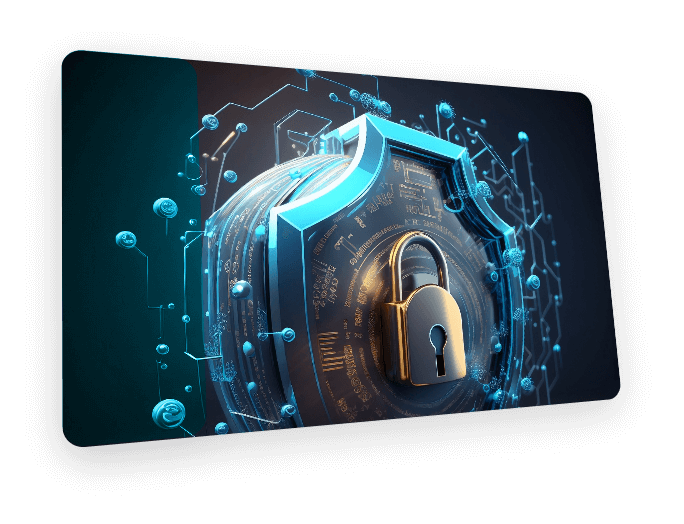

Web 3.0 and blockchain are driving us toward a future where the digital world is more open, transparent, and user-centric. They aim to hand back control to individuals and offer a more equitable digital landscape, free from the overwhelming control of a few dominant entities. Their implications are vast, offering innovative solutions to long-standing problems and opening the doors to entirely new possibilities in the digital domain.

With a deep comprehension of evolving market demands and the unique challenges faced by corporations today, Apptech has adeptly woven Web 3.0 and Blockchain into its diverse array of solutions. This not only future-proofs their operations but also catalyzes growth, efficiency, and unprecedented competitive differentiation.
